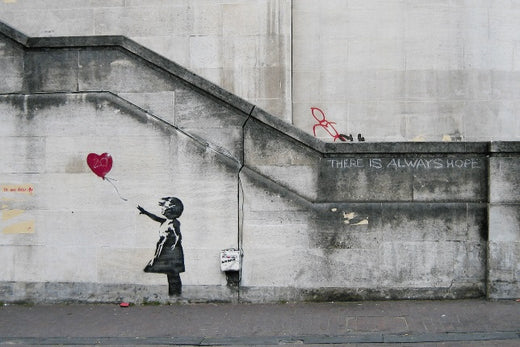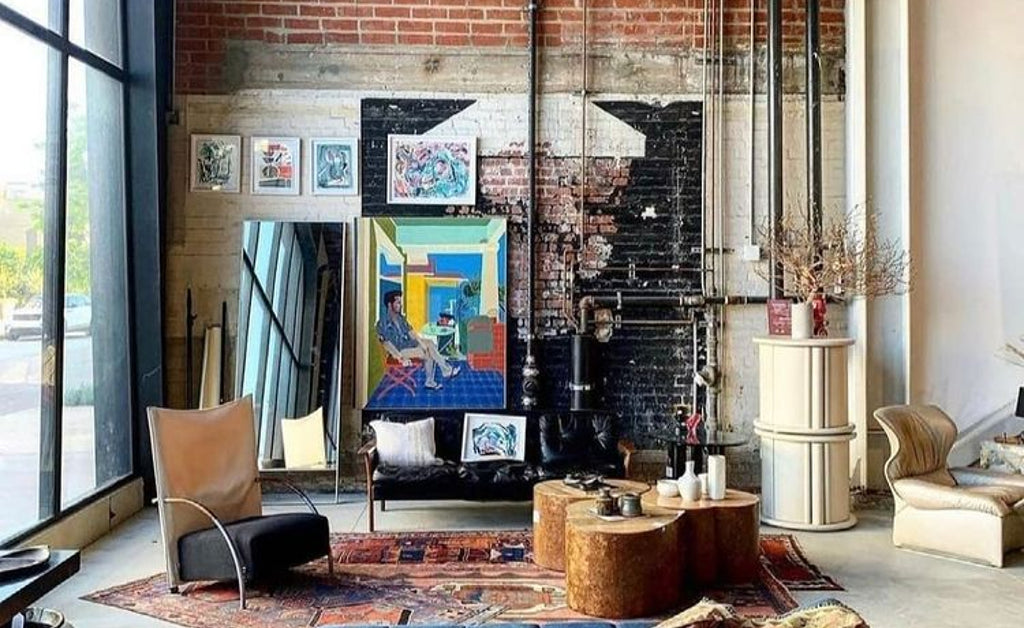
How to find your right target market

Why is a target market necessary?
Choosing a specific target market—also referred to as a niche market—for the clients you want to develop for is one of the most powerful (and efficient!) marketing strategies you can use. This might sound strange at first. Doesn't it make sense to sell to anyone who is willing to buy?
Theoretically, yes. But if you focus on a smaller audience, you will sell more. Here we will explain why.
Customers are more motivated to buy what you are selling if they believe you are communicating directly to them.
Here's an example. Assume you require the services of a lawyer to draft a contract for the sale of artwork that will be shown in advertisements.
Which candidate would you choose to hire:
-
Provides "all the services"
-
Specializes in art licensing, only works with artists, and knows just what you need.
The option is clear. Human nature will always select option B. That person speaks your language. He or she gains immediate relatability. You get each other. You have topics to discuss. Due to their expertise, you will almost surely acquire a better product. You want to be the obvious choice for your customers.
You must approach your work like a business if you want to support yourself as an artist. Your art won't appeal to everyone in the market you select, but the pieces that do will sell better than before.
This sounds challenging. What should I do?
1. Determine your archetype
Consider your preferred high school drama film. There are some archetypes there, right? You get the idea: the skater, the prep, the witty one, the hippy, the rebel. What type are you? Accept your typology for marketing purposes. Even though you are more complex, we still want people to be able to categorize you quickly in their minds.
Think of Banksy. What do you recall concerning him? Activists and those who disobey "what you are meant to do" adore him. He is a rebel, to put it briefly.
2. Review your work
What sort of artwork do you produce? What is your favorite work that you have done? What would you like to emphasize?
Many creatives find the idea of restriction to be difficult. If this describes you, choose at least one recurring theme. You might only ever use pencils. Your topic might be feminism. Perhaps your canvas is circular all the time. You can sway within those bounds if you choose a constant.
3. Make a composition of yourself
You may be an intelligent person who draws intricate line drawings. Or perhaps you're a hippy who does art with a love theme. You might be a prep who designs patterned wall coverings.
Make a mental picture of who you are. You won't use this description to describe yourself in public, but you will use it to develop a persona that you will present to the general public.
4. Who would buy you?
Think about the persona you just made. Who would be drawn to the individual? Who would like to be related to him or her?
Many of the business aspects of art have to do with your fans desire to show off. Their association with you, the oh-so-famous artist in their group, enhances their reputation. Perhaps you made an exclusive original for them, or perhaps they gave you a special order. They want to tell everyone they know about you, which encourages their friends to purchase you as well.
Who this buyer persona could be? They might be a:
-
Coffee shop hipster who spends a lot of money on prints to decorate his or her home.
-
A stylish couple who solely purchases locally produced, reasonably priced art.
-
High-end collector with art investments in his or her holdings
5. Create with your ideal customer in mind
Always design with the buyer in mind when producing anything. It includes:
-
Your artwork
-
Your language, website, emails, and social media
-
The online imagery you create!
Here is an illustration
First step: I am a mellow, computer-loving fool who enjoys gardening and the arts. Although I don't fit into any one clique, people like to describe me as "granola" (Urban dictionary: Modern hippy woman) when they first meet me.
Second step: I create impressionistic, abstract landscapes.
Third step: A hippy chick who paints picturesque scenes.
Fourth step: Those who choose more natural lifestyles, eco-warriors, dreadlocked café proprietors who also sell used books, landowners who make a concerted effort to maintain diversity, and so on. Despite not being identical, they all share the same beliefs and objectives.
Fifth step: I'll utilize phrases like "far out," "sustainable," and "organic" while writing a copy. The imagery will be free-flowing, vibrant, and full of leaves, flowers, and trees.




